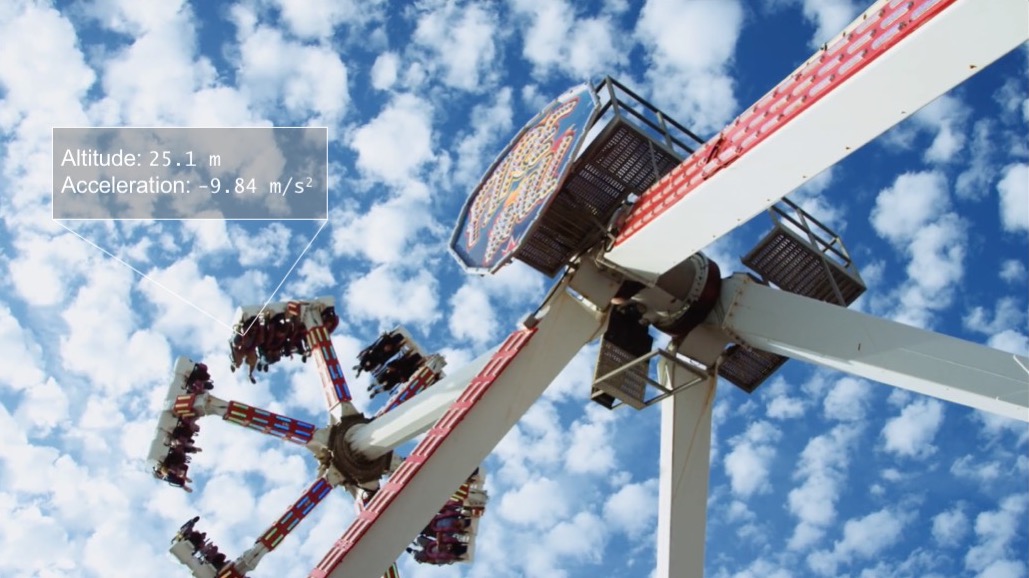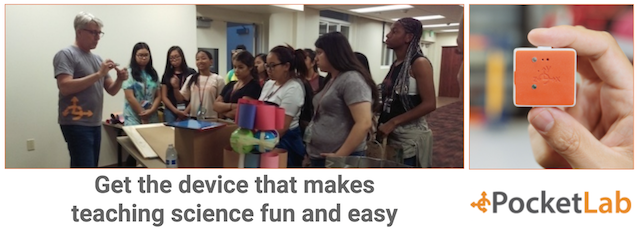Amusement parks provide an authentic opportunity to conduct real science and apply physics and math concepts in real-world situations. While visiting an amusement park, not only will you have a fun-filled day of riding rides, but you will get to apply what you have learned about estimation, measurement, motion, forces, gravity, energy, and systems.
Thanks to Janet Brownell, Physics/Chemistry/Engineering Teacher and STEM Club Advisor, at Waterford Unified School District, she has shared her curriculum for Physics Day at our local Great America amusement park in Santa Clara, California.
The attached pdf file has Ms. Brownell's complete curriculum that you can print out and use. The printout includes:
- Project timeline
- Amusement project overview
- Amusement park rubric
- Group project plan
- An example project ('Determine the amount of energy that has been lost between the beginning of the first loop and just before braking begins on the Demon')
- Project worksheet
- Preparation for Great America
- Practice measurement sheet
Download the attached pdf file for the complete curriculum. As Ms Brownell writes in the project description, "You will experience a true scientific process where you get to ask your own questions, gather data, and apply what you have learned to a real-life situation. The data collected may not be the most accurate, but the application of your new physics knowledge will be clearly evident."

Notes of Interest:
-
Pre-planning is paramount to your success in this project. You should have a clear, detailed, plan of what you need to DO at the park before leaving, including which calculations you will need to perform to obtain the answers to your questions.
-
A significant amount of research may need to be conducted in order to “get the science right” before solving your problem.
-
A rubric for your presentation has been included. This same rubric will be used for all forms of communication.
Sample Questions: You may choose from the following list of sample problems to solve,
-
What is the power output of the motor that lifts a roller coaster train to the top of the lift hill?
-
What is the centripetal acceleration and/or centripetal force of a roller coaster car at the top of the first loop on the track?
-
How much energy is lost between the top of the lift hill and any defined point along the track of a roller coaster?
-
How much work is done by friction between the top and bottom of a hill on a roller coaster?
-
What is the acceleration (deceleration) of a roller coaster train at the end of a ride?
-
How much energy is lost to friction during the drop (BEFORE BRAKING BEGINS) for a free-fall ride?
-
How much force is required to stop a free-fall ride (DURING THE BRAKING SEGMENT?) Note: You can assume that the braking force is constant once braking begins.)
-
What is a typical force of impact between two cars on a bumper car ride.
-
How much power is needed to lift a full car of people to the top of an observation tower ride?
-
What is the speed of a ride after falling a defined vertical height?
-
What is the difference between the theoretical and actual values for the centripetal accelerations on any circular motion ride (pendulum ride, carousel, loops, or spinners?)


